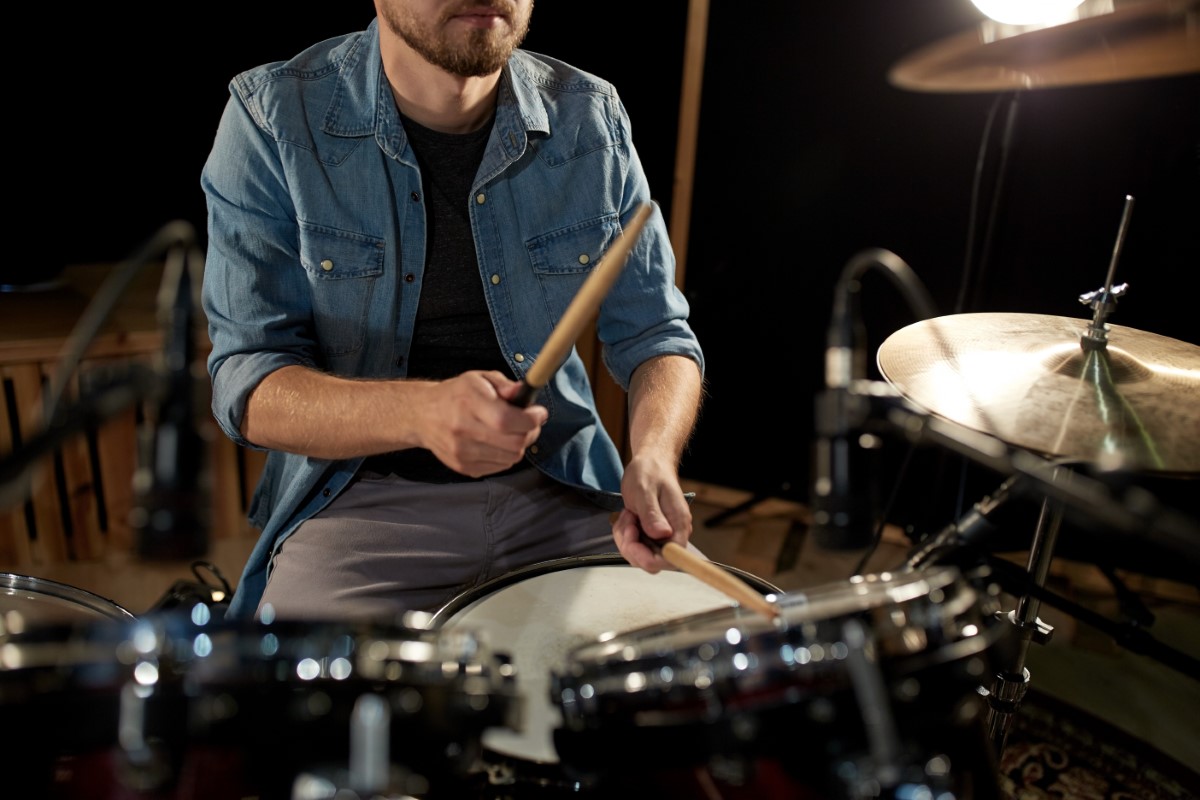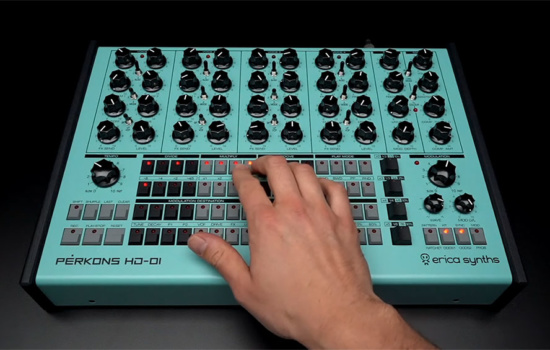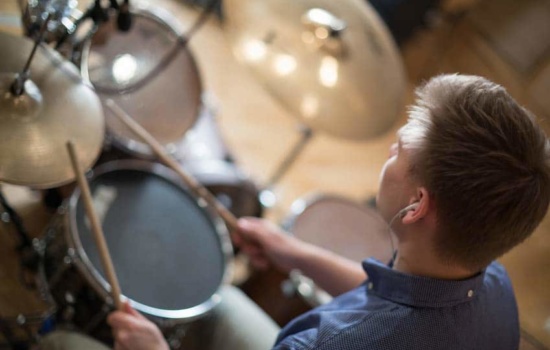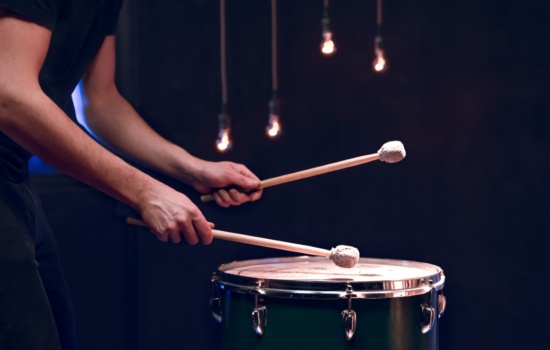Every drummer wants to get to a place where they don’t even have to think about drumming.
Every drummer wants to get so good that they no longer have to stress about counting or how to play a paradiddle or what type of fill they should play next.
You want to get to a point where you can just be “in flow,” as acclaimed drummer Vinnie Colaiuta says. And he’s known for his technical mastery in his work with Joni Mitchell, Sting, Frank Zappa, and many others.
“I have this Mantra,” he said. “‘Thought is the enemy of flow.’ And I think that you really can’t be fully present in the moment, especially in an improvisatory sense, if you’re thinking, even for a second, a nanosecond. Just isn’t going to happen.”
Grammy-nominated drummer Nate Smith also doesn’t overthink when he’s playing. He said he’ll let his playing be directed by beatboxing along.
“I might be actually beatboxing parts while I’m playing,” he said. “I feel like that’s part of the reason why I get the sound that I get…So there’s a real connection…my whole body is playing the instrument.”
But before you can get to that flow state, you have to start with the basics. So in this article, we’re going to get you started learning how to play drums.





